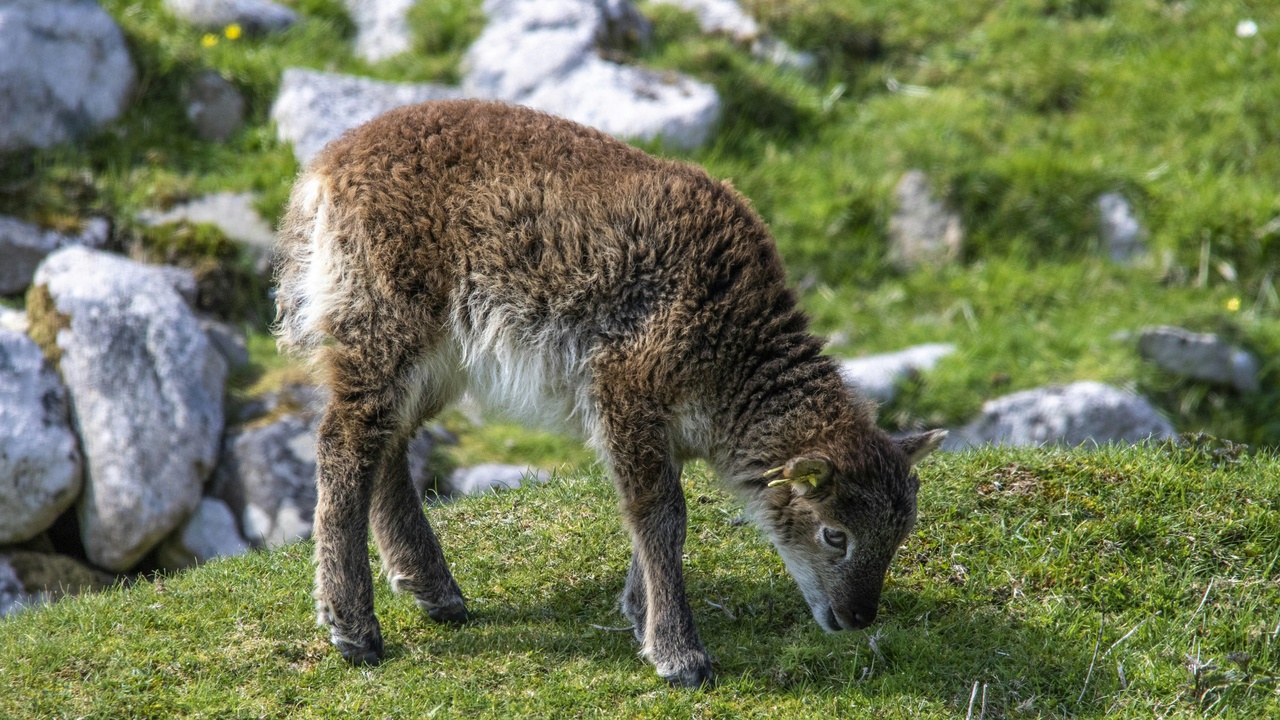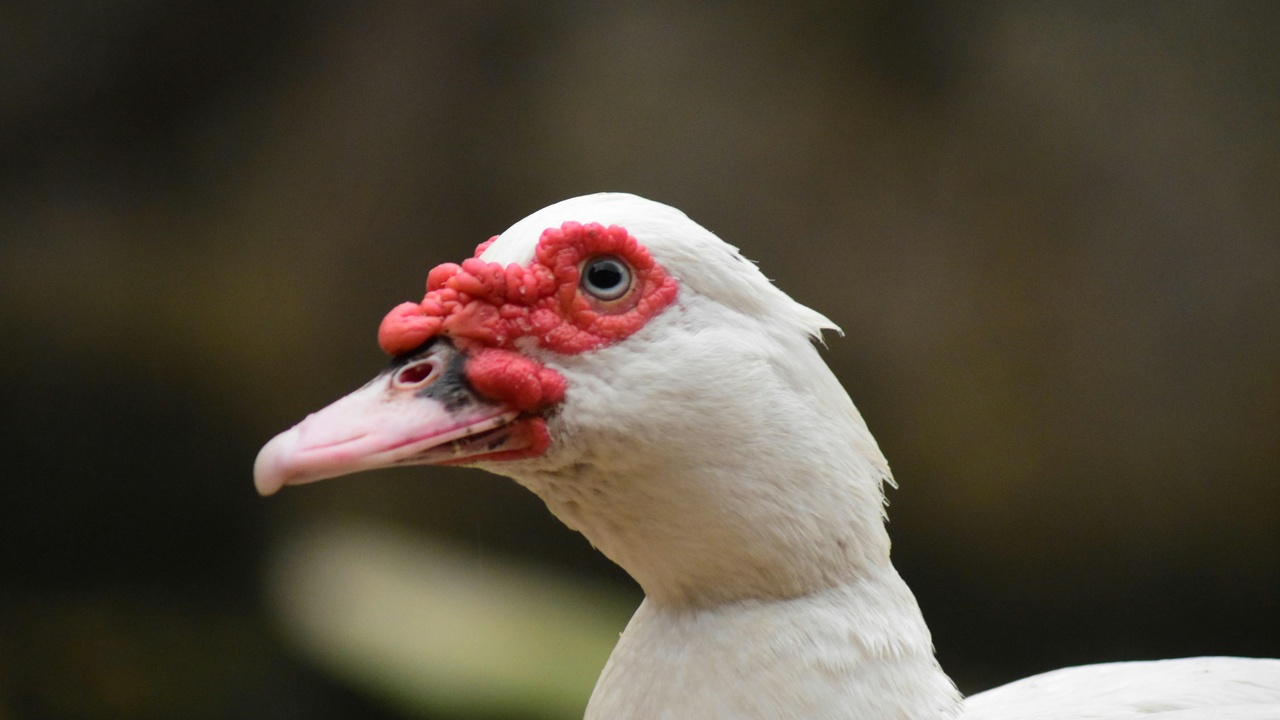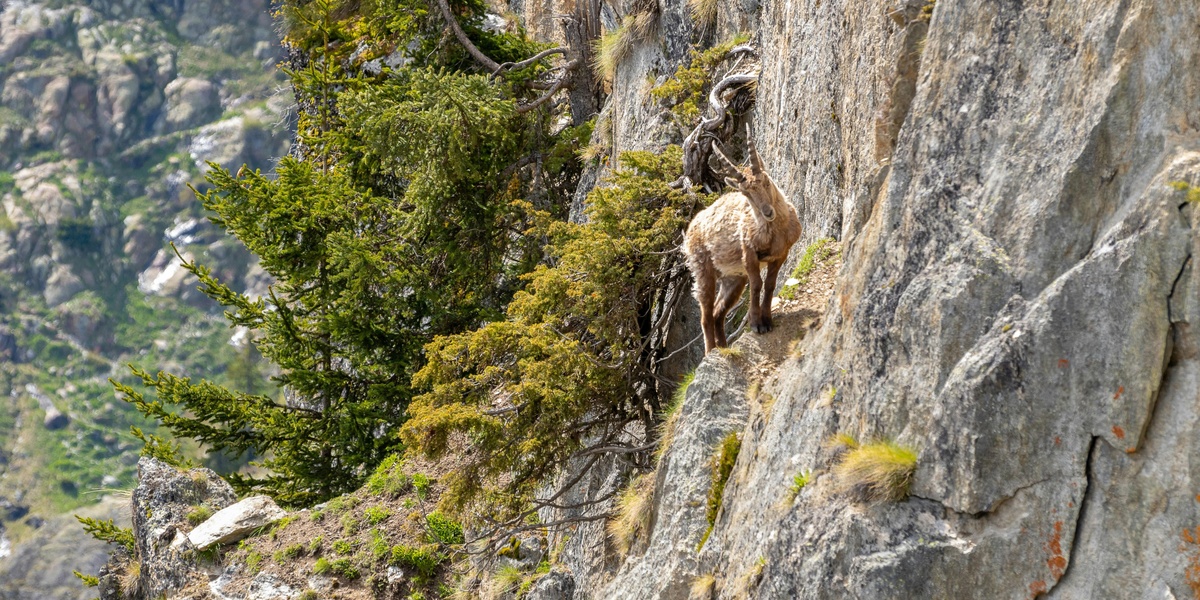In 1859, naturalists returning from alpine expeditions reported animals that seemed built for cliffs and cold — animals with padded hooves, dense fur, and a strange calm in thin air. Those early observations launched a century of study into how life persists at high elevation. Mountain environments present a mix of challenges: thin air, bitter cold, steep, unstable terrain and short growing seasons. Alpine zones often start above ~3,000 m, and organisms there combine structural, behavioral and internal tricks to survive. The result is a fascinating suite of adaptations of mountain animals that also inspire conservation practice, engineering design and medical research.
Physical adaptations for cold and rugged terrain

Many mountain species show obvious, structural traits that help them keep warm and keep their footing. Thick pelage, compact bodies and specialized feet let animals live on cliffs, scree and ice while saving heat. Below are four clear physical strategies — each one linked to specific species and real-world design ideas.
1. Dense insulating fur and fat layers
Many mountain mammals carry a thick outer coat plus a dense underfur that traps a layer of still air close to the skin. Snow leopards and mountain hares rely on this two-layer system, often adding fat stores for extra insulation. In some alpine ranges winter temperatures regularly fall below −20°C, making that trapped air and blubber critical.
Humans have borrowed that principle: high-loft down and modern synthetic fills imitate the tiny air pockets in underfur for mountaineering jackets and sleeping bags. Aerospace thermal blankets use similar multilayer concepts to reduce heat loss at very low temperatures.
2. Compact body shape and reduced extremities
Animals at altitude tend to follow Allen’s rule: shorter ears, stubbier limbs and rounder bodies reduce surface-area-to-volume ratio and limit heat loss. Compare alpine hares or pikas with their lower-elevation cousins and you’ll see the trend.
That geometry is practical beyond biology. Designers of insulated gloves and cold-weather suits shorten exposed areas and layer insulation where heat loss is greatest — the same logic that shapes a pika’s rounded silhouette.
3. Specialized hooves and footpads for traction
Grip matters when the ground is broken rock or loose scree. Ibex and mountain goats have split, concave hooves with a hard outer rim and a soft, rubbery inner pad that conforms to irregular rock. That combo increases friction and stability, letting animals negotiate near-vertical cliffs to escape predators.
Engineers have copied these ideas for tire treads, climbing shoes and experimental robotic grippers that must handle jagged, unpredictable surfaces in the field.
4. Camouflage and seasonal coat changes
Many alpine species change color with the seasons to blend into snow or rock. Mountain hares and ptarmigan molt to white in autumn and switch back during spring; molts typically occur in autumn and again in spring around changing daylengths. That timing reduces detection by predators during snowy months.
Climate change is disrupting this cue-based timing. Mismatches between snow cover and white winter coats are increasing, and wildlife managers now track molt timing to assess vulnerability and guide conservation measures.
Behavioral strategies for scarce resources and freezing seasons

When anatomy and fur aren’t enough, mountain animals change what they do. Shifts in where and when they move, what they eat and how they store food all help bridge long winters and unpredictable summers. Behavior often determines whether a population survives a bad year.
5. Seasonal migration and altitudinal movements
Many species track seasonal resources by moving up and down mountains or migrating long distances. Bar-headed geese, for example, have documented flights over the Himalayas at altitudes above 6,000–7,000 m. Those flights take place where oxygen pressure is far lower than at sea level, yet the birds cross high passes to reach breeding or feeding grounds.
Bighorn sheep and pastoral transhumance are other examples of altitudinal movement — people and wildlife both shift elevation to follow plant growth. Protecting these movement corridors is crucial for long-term survival of montane populations.
6. Food caching and hoarding (haypiles and larders)
Some species prepare for winter by collecting and storing food during the warm months. American pikas build haypiles through the summer, gathering grasses and herbs into exposed caches that they rely on when snow covers the talus.
That summer-focused collection is concentrated in the warm season and provides a buffer against unpredictable winters. Pikas are heat-sensitive and have declined in some areas as low-elevation sites warm, making their caches a focal point for conservationists.
7. Diet flexibility and adjusted activity patterns
Mountain animals often broaden diets and shift activity times to match available resources. Alpine marmots switch to high-fat plants before hibernation to build fat reserves, and predators like snow leopards will expand prey choices if wild ungulates decline.
Human land use, especially livestock grazing, can force additional diet shifts. Managers study stomach contents and scat to gauge ecosystem health and to craft grazing plans that reduce competition.
Physiological and metabolic tweaks for thin air and cold

Under the skin, mountain species show changes in blood chemistry, organ size and metabolism that make life possible where oxygen is scarce. These physiological tweaks let animals function during long flights, extended climbs or months of winter torpor.
8. Enhanced oxygen transport: hemoglobin and blood changes
Many high-altitude species alter oxygen transport. Bar-headed geese have hemoglobin variants that bind oxygen more tightly, helping them sustain flights above 6,000–7,000 m. At about 5,500 m, the partial pressure of oxygen is roughly half of sea level, which explains why these molecular tweaks matter.
Other strategies include higher hematocrit, increased capillary density and red blood cell counts seen in Andean camelids like llamas and vicuñas. Medical researchers study these adaptations to improve treatments for hypoxia and high-altitude illness.
9. Metabolic suppression, torpor, and hibernation
Some species lower their metabolic rate to ride out winters. Alpine marmots hibernate for many months and drop body temperature into the single digits °C, cutting metabolic rate by more than 90% in deep torpor. That shrinkage in energy demand allows survival on stored fat and cached food.
Scientists look to these mechanisms for medical ideas — controlled metabolic suppression has implications for stroke care, cardiac arrest and surgical preservation techniques.
10. Cardiorespiratory enlargement and water conservation
Some highland mammals develop larger lungs and hearts to boost oxygen uptake. On the Tibetan Plateau, commonly 3,000–5,000 m in elevation, yaks and Tibetan antelope show enlarged chest cavities and efficient breathing mechanics that support endurance at low oxygen levels.
These animals also exhibit kidney and electrolyte adaptations that conserve water in dry alpine zones. Livestock breeders and pastoralists use this knowledge when raising hardy breeds for highland grazing, and veterinarians apply it when treating mountain herds.
Summary
- Physical, behavioral and physiological strategies work together: from insulating underfur and sure-footed hooves to hemoglobin changes that let birds fly above 6,000 m.
- Alpine challenges are concrete: alpine zones often begin above ~3,000 m and oxygen partial pressure at ~5,500 m is roughly half of sea level, so both body shape and blood matter.
- Climate change creates new threats: seasonal coat mismatch and heat-sensitive species like pikas face shrinking ranges, while snow leopard populations (roughly 4,000–6,500 wild individuals) underline urgent conservation stakes.
- Human uses span materials, medicine and land management: insulating fabrics, climbing gear, robotic grippers and hypoxia research all draw on mountain biology.
- Support corridors, monitor seasonal cues and back research into climate adaptation — small interventions now help species that evolved over millennia survive in a rapidly changing mountain world.

